
Shop
Class One
Class One ~ for children aged 6-7
In Waldorf Schools we understand that the children from Class One to Class Three have a strong connection to their immediate environment as well as an intuitive sense of rhythm, and as such; rhythmic looping and flowing movements are best for their development.
At Waldorf Craft, the Class One child will focus on knitting, eventually enjoying the fluid movements that they become accustomed to, using both left and right hands together, increasing their fine motor skills and laying the foundations for “bodily knowledge” where knitting increases their ability to think logically and help develop numeracy and literacy skills as they progress through life.
Here we will work on developing one knitting skill at a time, using brightly coloured natural lamb’s wool. The wool we have chosen for Class One projects is slightly rough, giving it a “sticking” quality which makes it easier to work with as a beginner knitter.
Upon registration, you will receive a box full of all the crafting supplies needed to participate in a year’s worth of online lessons. Projects are systematically planned and taught, ensuring that children gain one new skill at a time.
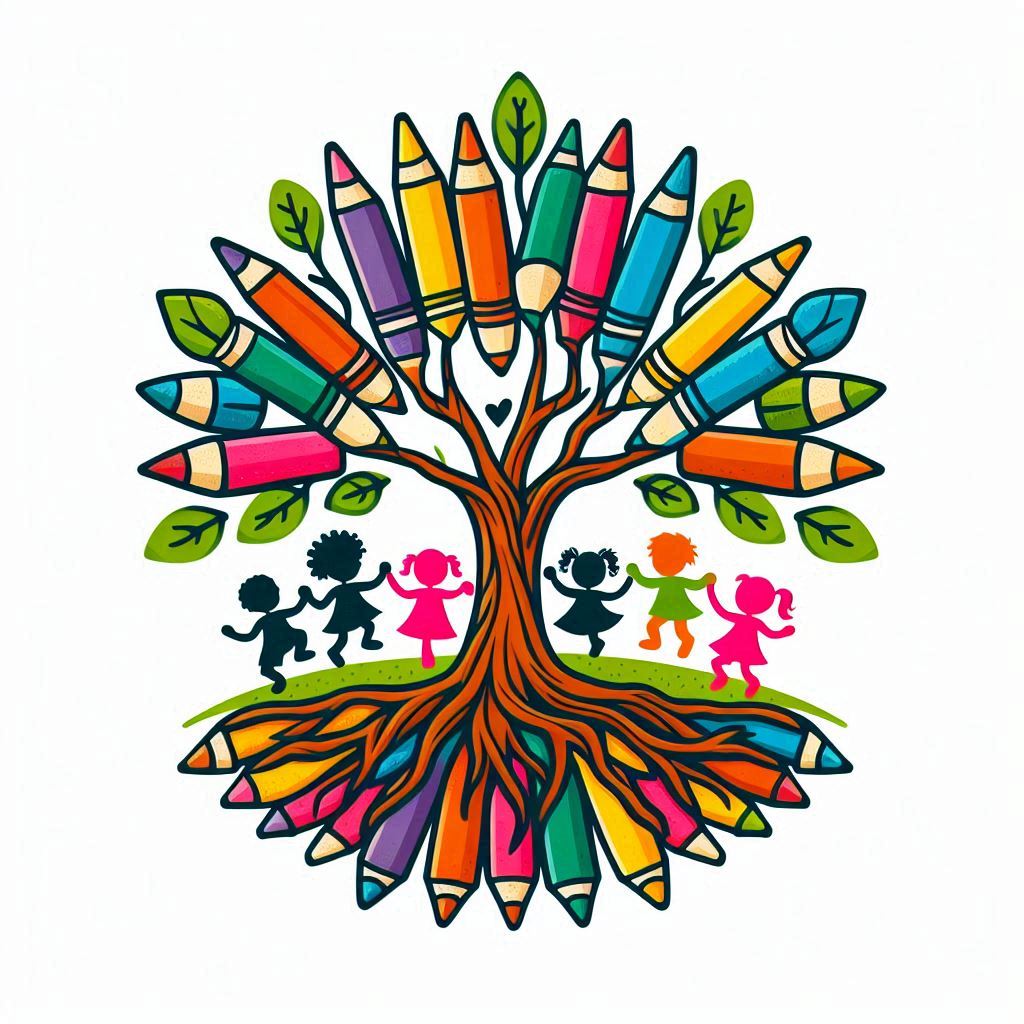


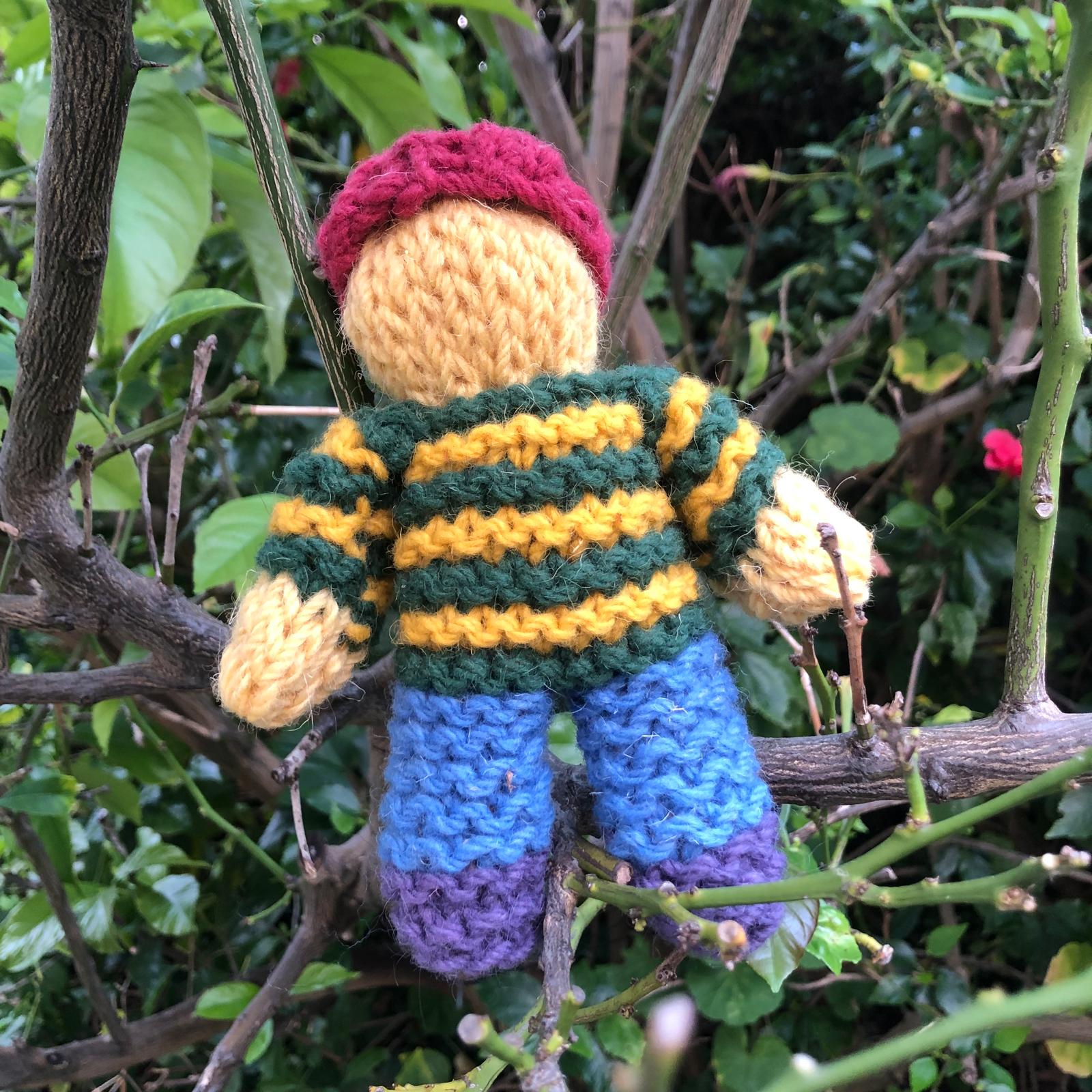
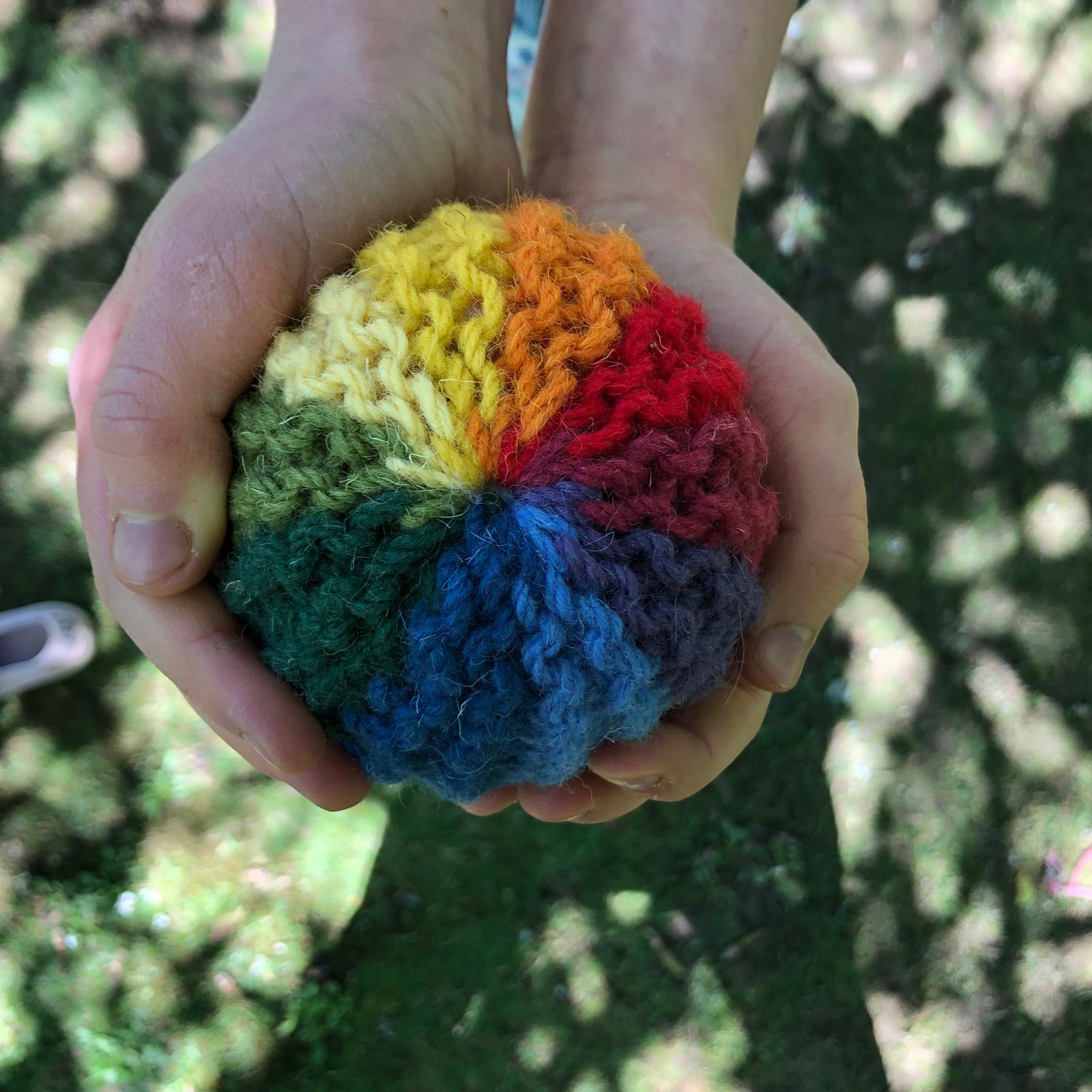
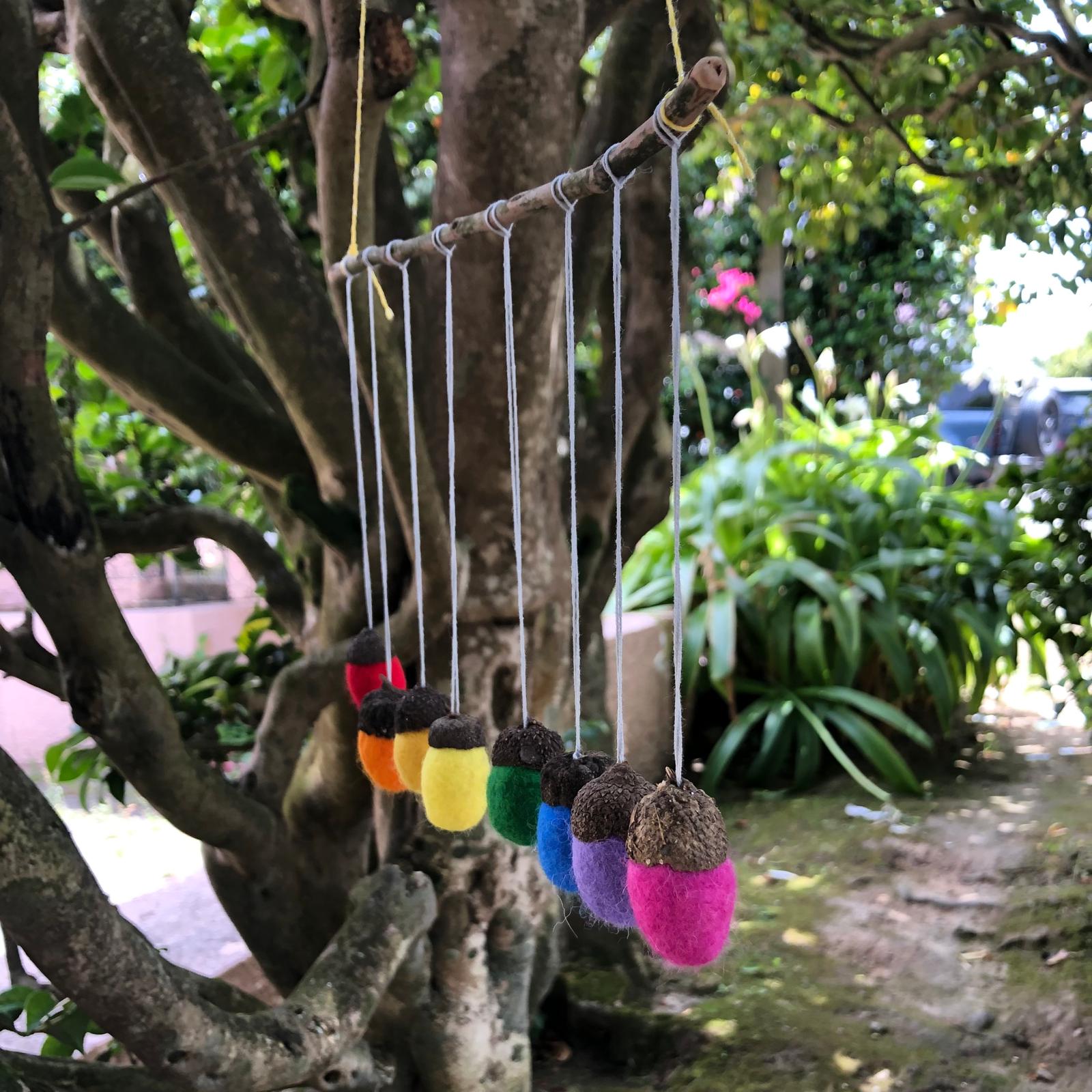
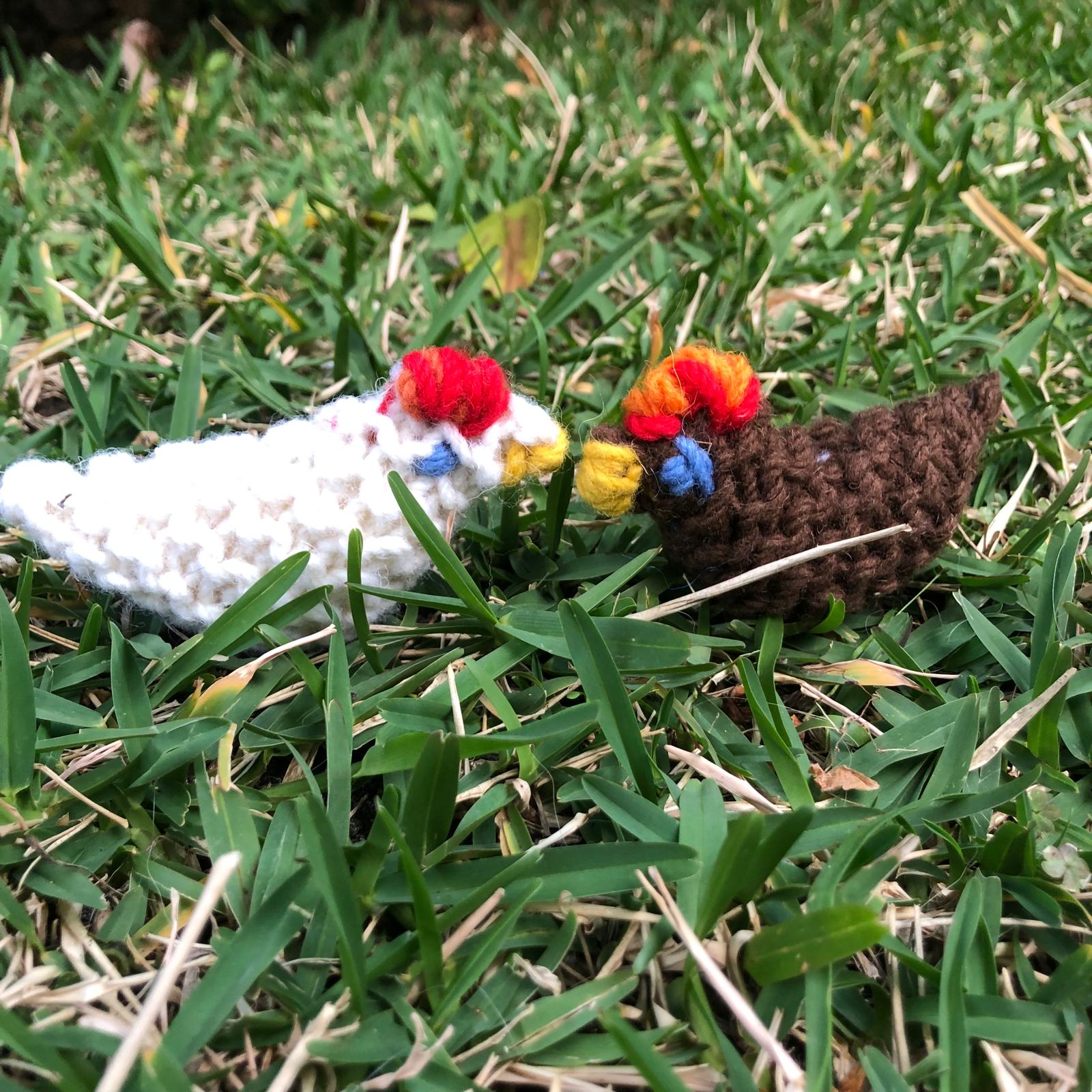
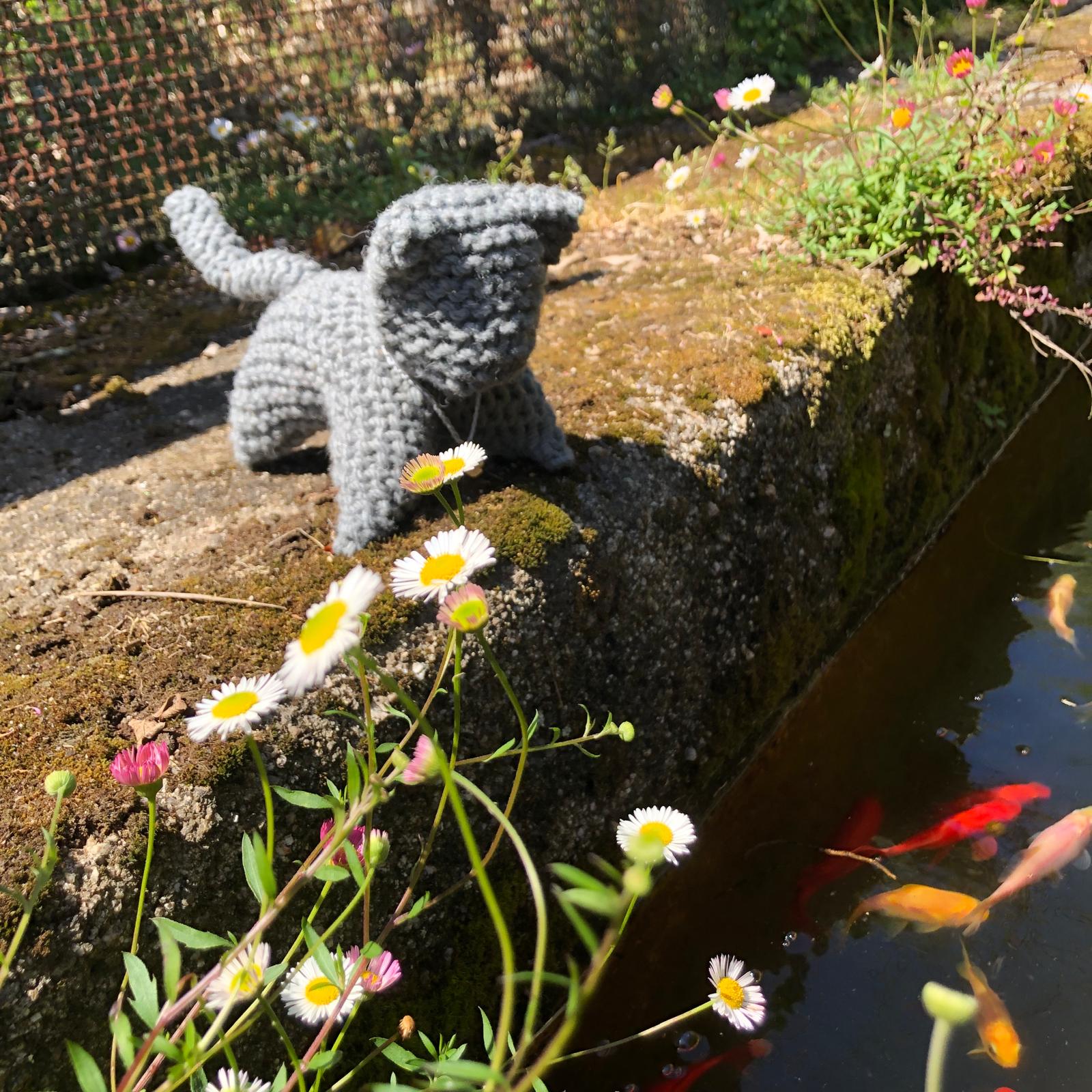
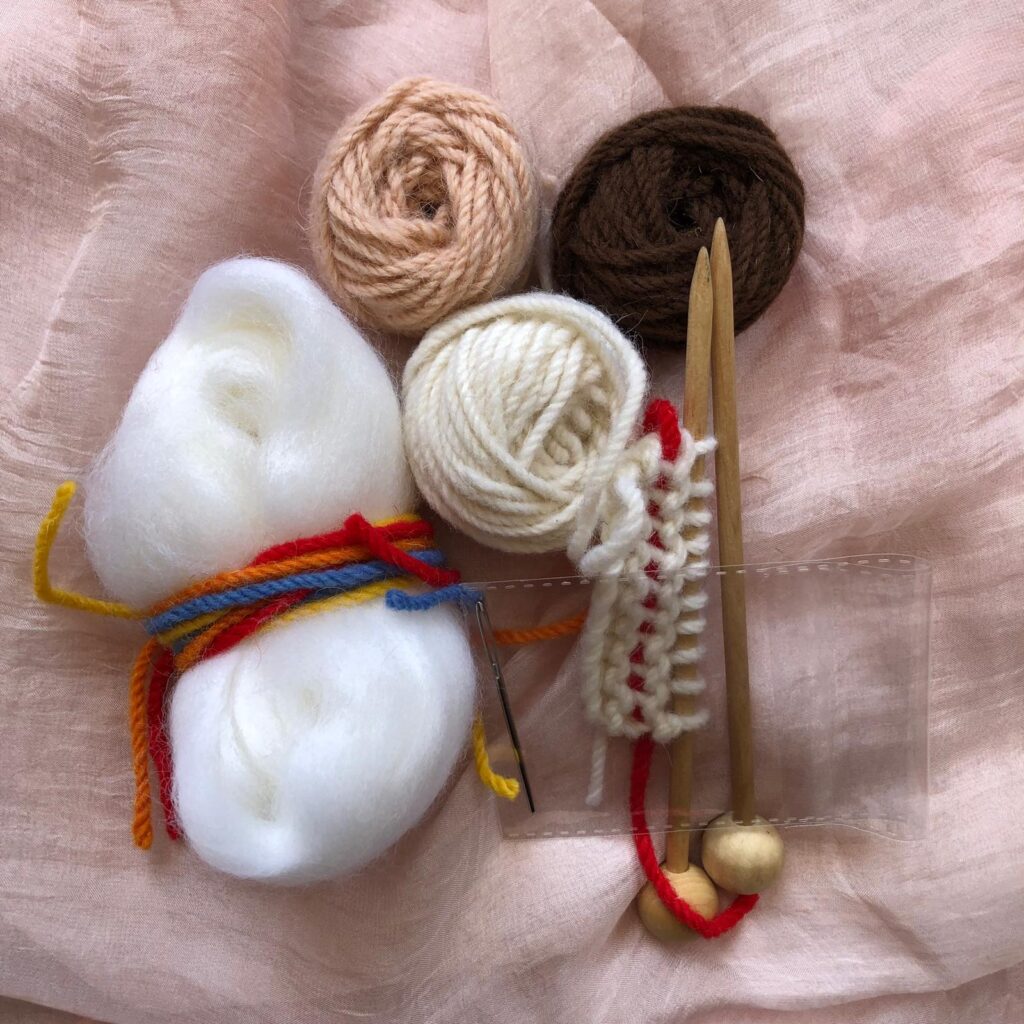
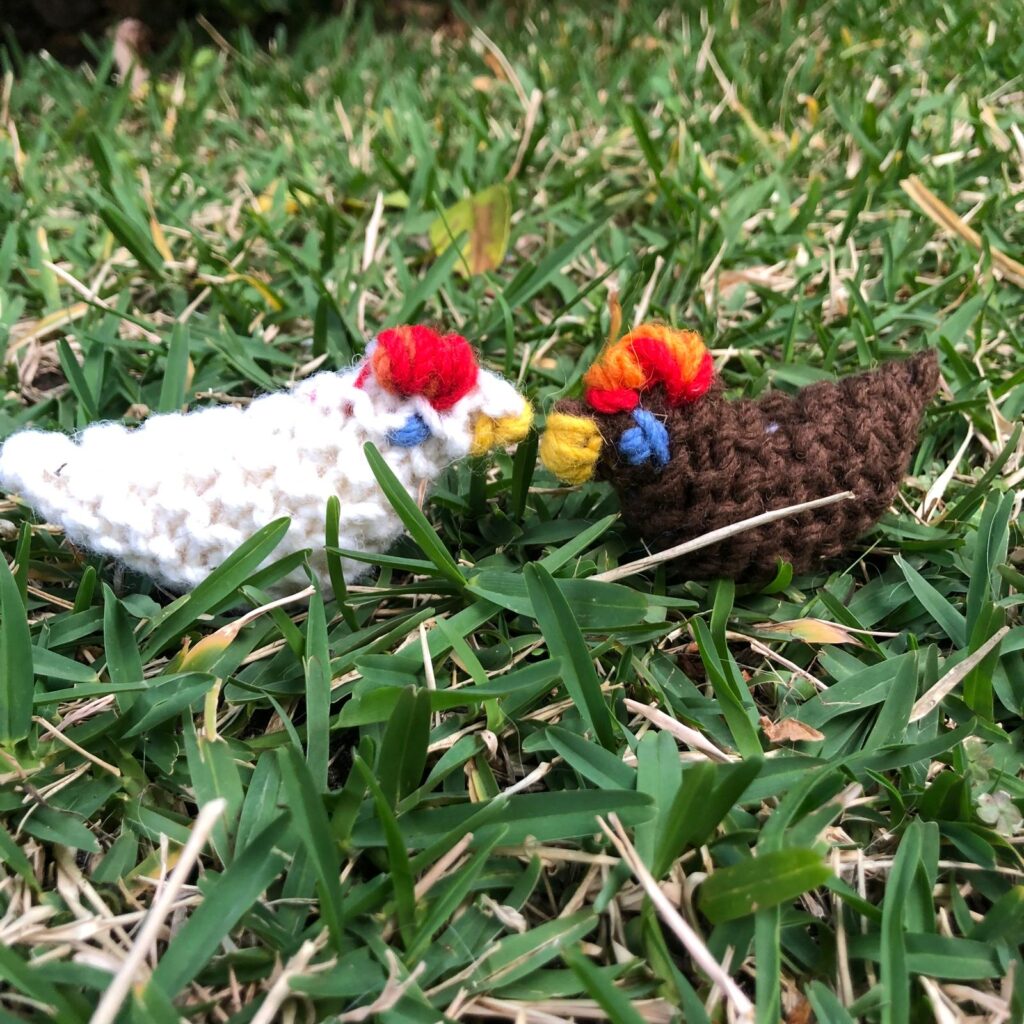
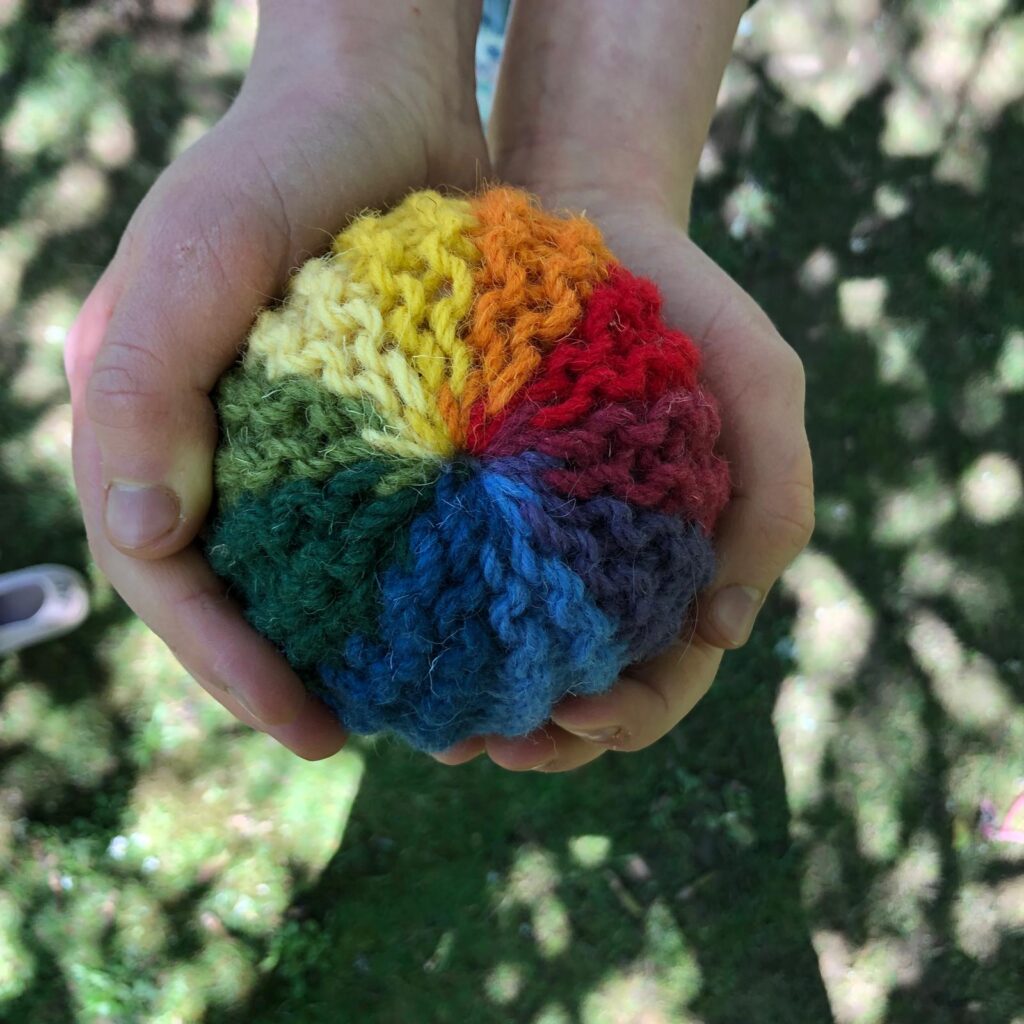
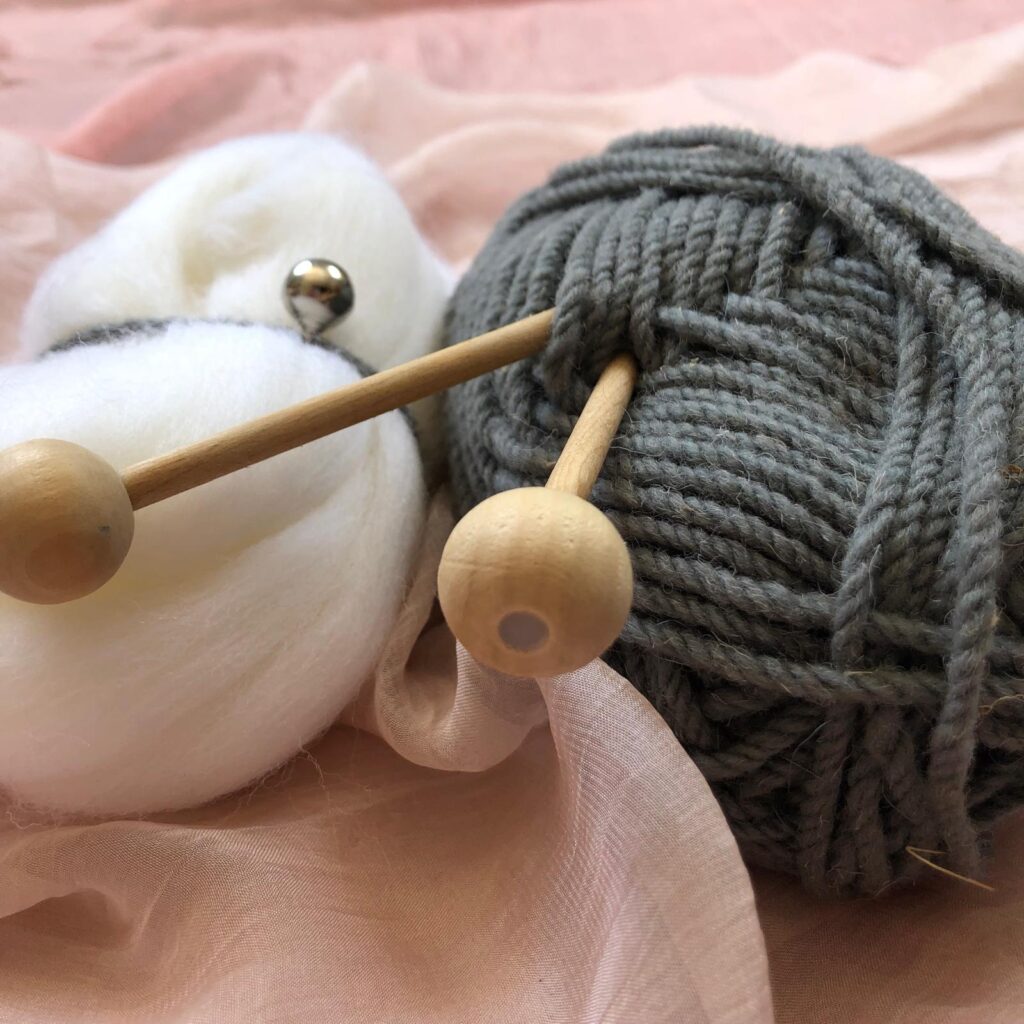
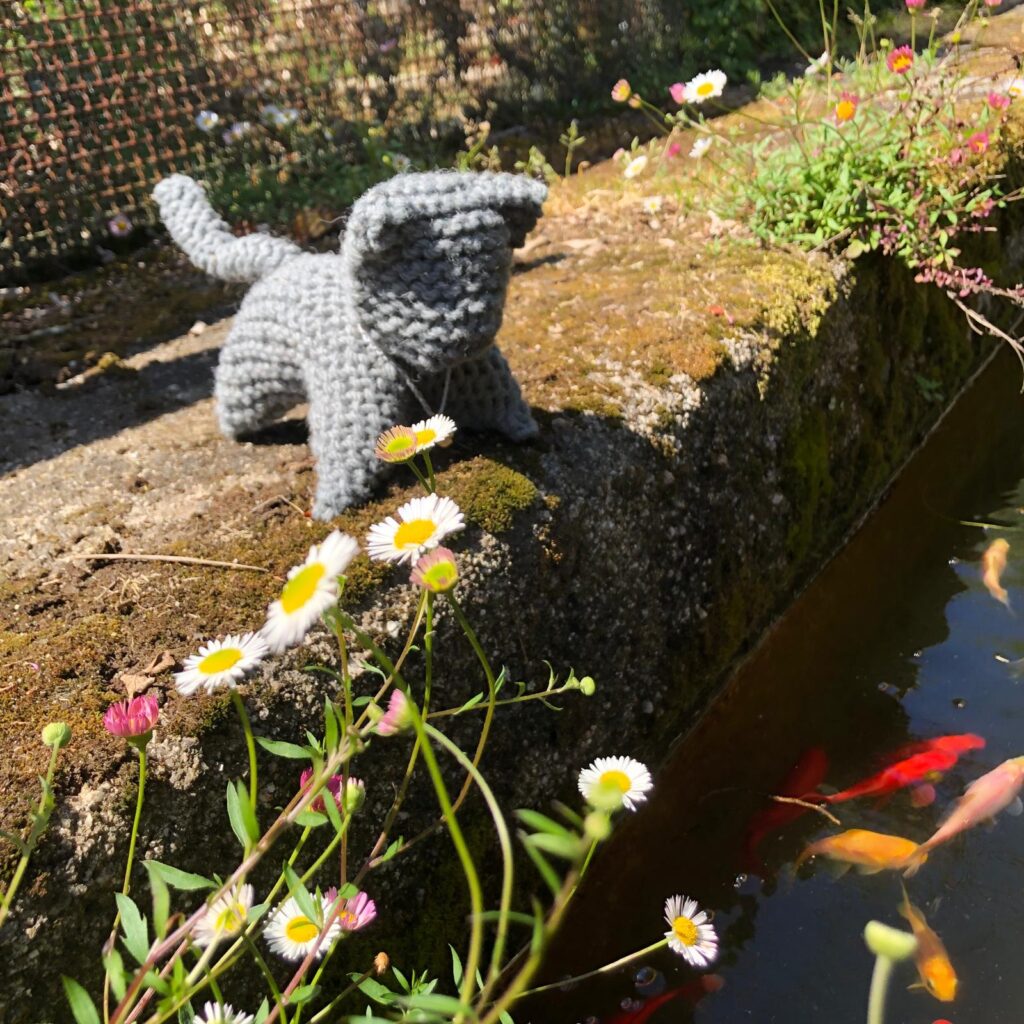
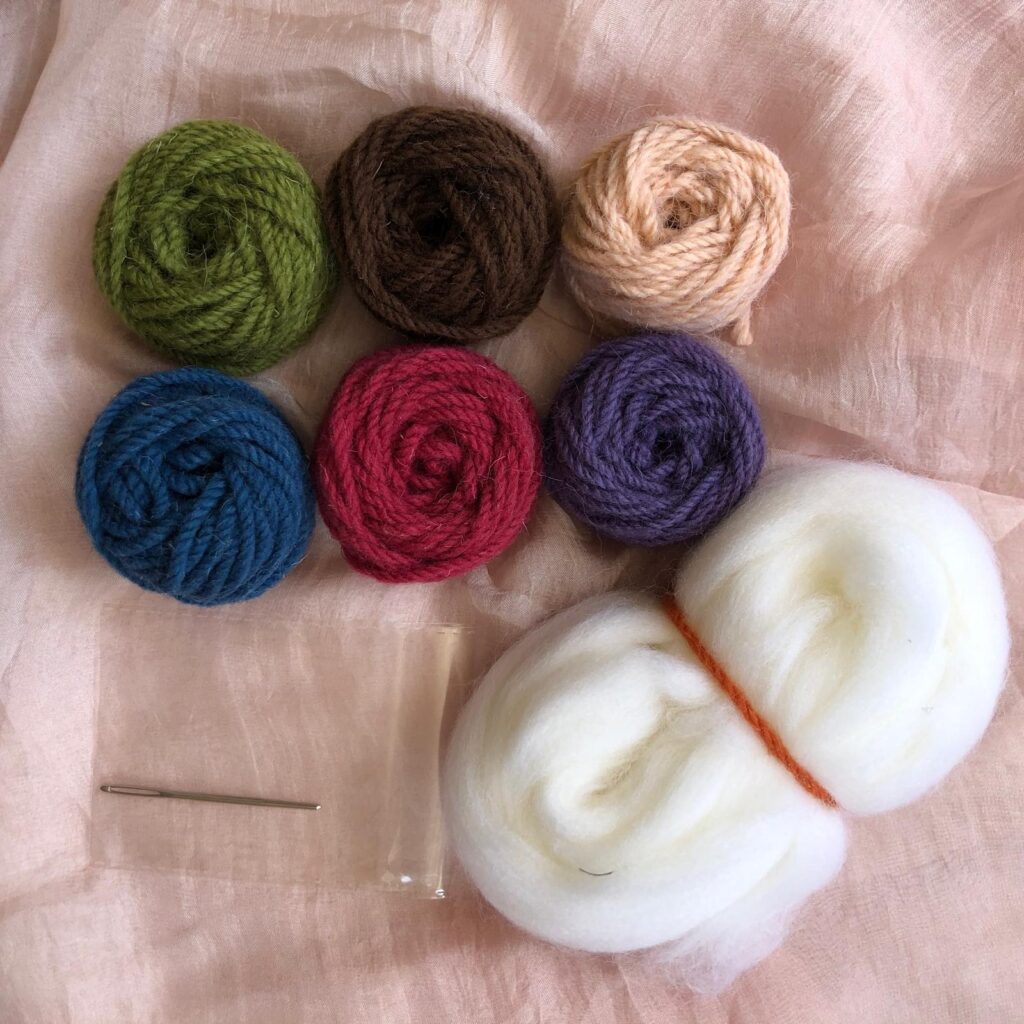
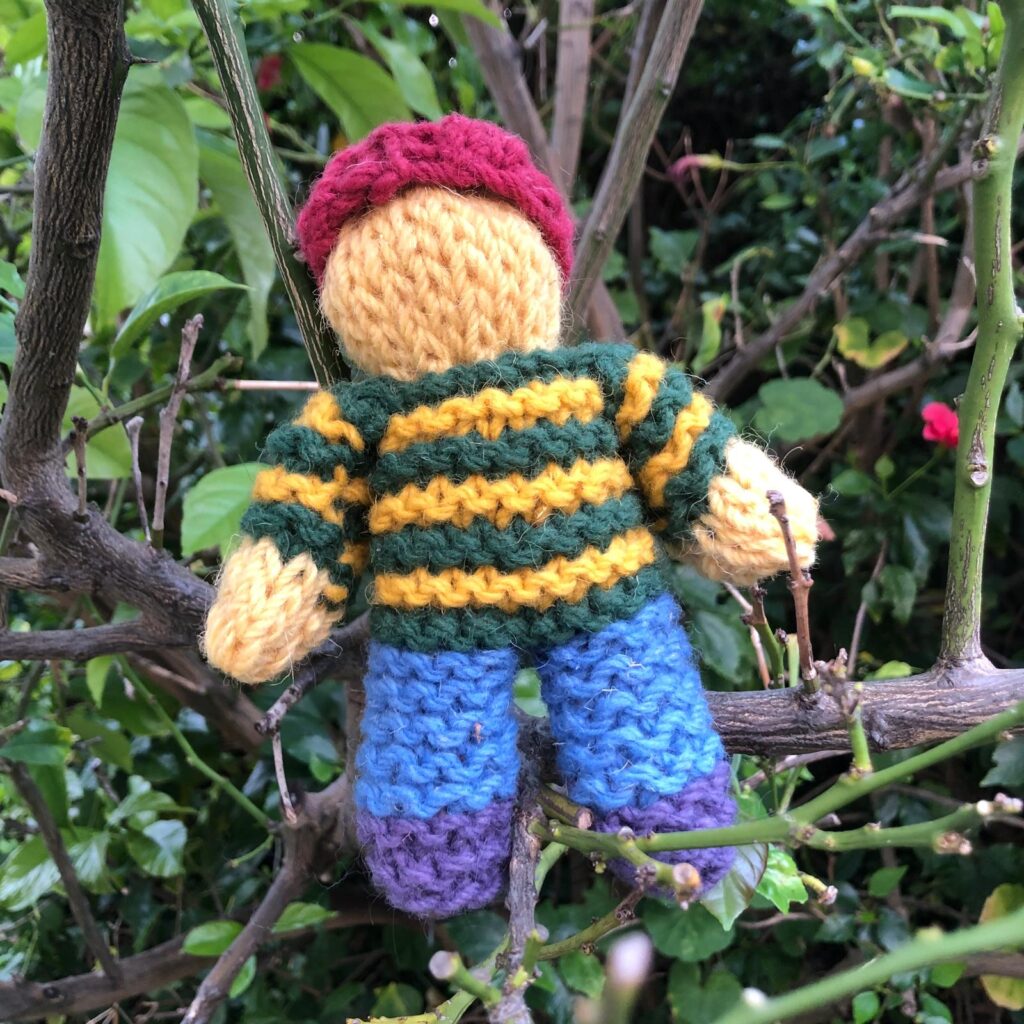
Reviews
There are no reviews yet.